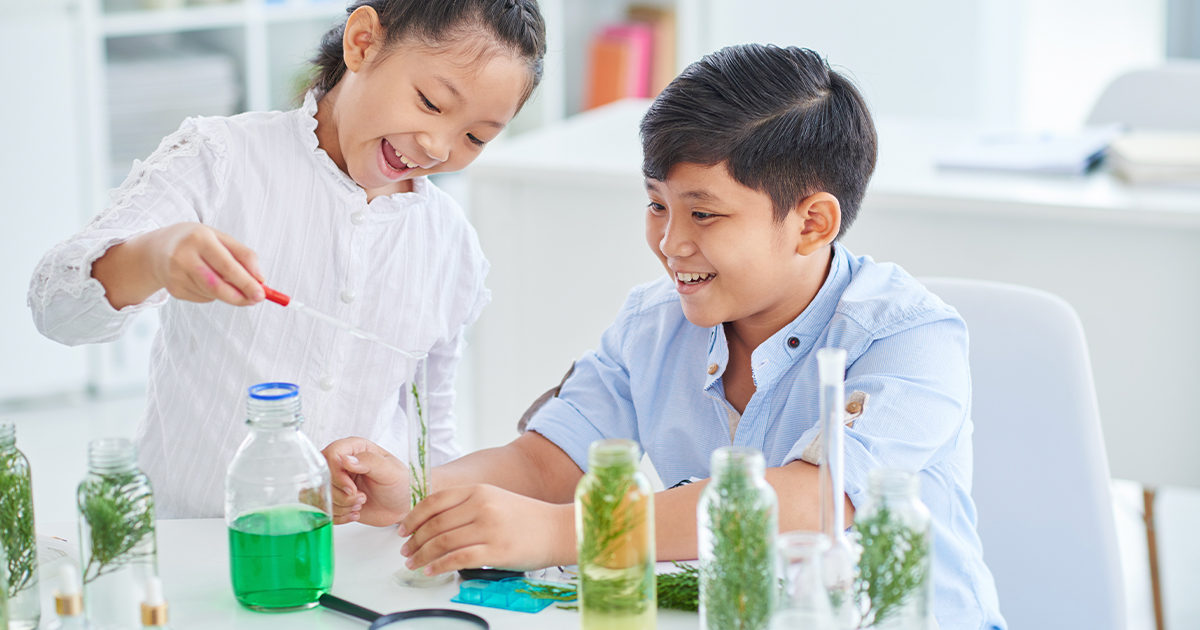Hyundai Motorstudio Senayan Park
Hyundai Motorstudio Senayan Park
Newsroom
The official news from Hyundai Motorstudio Senayan Park and a collection of innovative articles on mobility and sustainability here.
-
Getting to Know Clean Energy and Green Technology for Children
- Hyundai Motorstudio Senayan Park Senayan Park 2025.09.04
-
Clean energy and green technology are now increasingly important topics amid the challenges of climate change and environmental damage. Although this issue is often discussed among adults and professionals, early understanding for children is also crucial. Children are the next generation that will inherit this earth, so equipping them with knowledge about clean energy and green technology can shape attitudes and habits that support sustainability.
This article aims to provide a simple and fun explanation of the concept of clean energy, green technology, and how child-friendly educational media can help this learning process. With the right approach, children can understand these complex issues in an easy and engaging way.
What is Clean Energy?
Clean energy is energy produced from sources that do not produce pollution or greenhouse gas emissions. Examples of clean energy sources include solar, wind, water (hydroelectric), and biomass. Unlike fossil fuels such as petroleum and coal that produce carbon dioxide (CO2) and other pollutants when burned, clean energy helps keep the air clean and reduces the impact of climate change.
For children, the concept of clean energy can be likened to using "energy from nature" that does not make the air dirty. For example, the sun that shines on the earth every day is a source of clean energy that can be used to turn on lights or power electric vehicles.
Why Is Clean Energy Important for the Future?
The current climate change is largely caused by carbon emissions from burning fossil fuels. Impacts include extreme weather, rising sea levels, and ecosystem disruptions that threaten the lives of humans and other creatures on earth.
Understanding the importance of clean energy helps children realize that the energy choices we use today will determine the future state of the earth. By switching to clean energy, we can help reduce pollution and keep the environment sustainable.
Education about clean energy also opens up children's insights to green technology opportunities and innovations that can create a better world.
Green Technology: Innovation for Sustainable Energy
Green technology encompasses a wide range of innovations designed to utilize clean energy sources efficiently and environmentally friendly. Examples are solar panels that convert sunlight into electricity and wind turbines that utilize wind.
This technology not only helps reduce carbon emissions, but also encourages the wise and sustainable use of natural resources. Children can be introduced to green technology through props, simple experiments, or interactive stories that illustrate how this technology works and its benefits for the planet.
Child-Friendly Educational Media to Understand Clean Energy
Given the complexity of energy and technology concepts, the right educational media is essential to help children understand easily. Here are some effective media:
Animated Videos and Interactive Stories
Animated videos with bright colors and interesting characters can explain processes such as how the sun converts energy into electricity or how electric vehicles work. Interactive stories that involve children in answering questions also increase engagement and understanding.
Picture Books and Infographics
Picture books with simple and easy-to-understand illustrations help children learn visually. Infographics created with attractive designs can also explain data and facts about clean energy in a concise and clear manner.
Simple Games and Experiments
Practical activities such as making mini solar panels out of simple materials, or experiments that show how the wind can drive small turbines, make children learn while playing. This approach is effective for fostering curiosity and understanding of concepts.
Strategies for Teaching Clean Energy to Children
For clean energy learning to be effective, the approach must be in accordance with the child's development and interests:
- Use Simple and Analog Language: Explain concepts in easy-to-understand language and use analogies that are close to the child's daily life.
- Involve Children in Practical Activities: Children will have an easier time understanding if they can try directly through experiments or games.
- Give Real-Examples: Demonstrate the use of clean energy in the surrounding environment, such as solar panels on the roofs of homes or electric vehicles they may see.
- Encourage Discussion and Question and Answer: Invite children to ask questions and discuss to practice critical thinking and deepen understanding.
- Use Interactive Media: Use videos, educational apps, and picture books to make learning more engaging and varied.
The Positive Impact of Clean Energy Education on Children
Introducing clean energy and green technologies early on provides many long-term benefits:
- Increase Environmental Awareness: Children learn to care and be responsible for the environment from an early age.
- Encourage Sustainable Behavior: Children who understand clean energy tend to adopt an energy-efficient and environmentally friendly lifestyle.
- Inspires Interest in Science and Technology: This education can foster children's interest in STEM (Science, Technology, Engineering, Mathematics) fields.
- Preparing Future Generations: Children become better prepared to face environmental challenges and contribute to innovative solutions.
- Building a Culture of Sustainability: Education early on helps create a more conscious society and act for sustainability.
Clean energy and green technology are important pillars in protecting the earth and creating a sustainable future. With a simple, fun, and interactive approach, children can understand and love this concept from an early age. Proper educational media and active involvement of families are very helpful in the learning process.
As parents and educators, we have a great responsibility to equip children with this knowledge so that they grow up to be a generation that cares and is able to bring positive change to the world.




